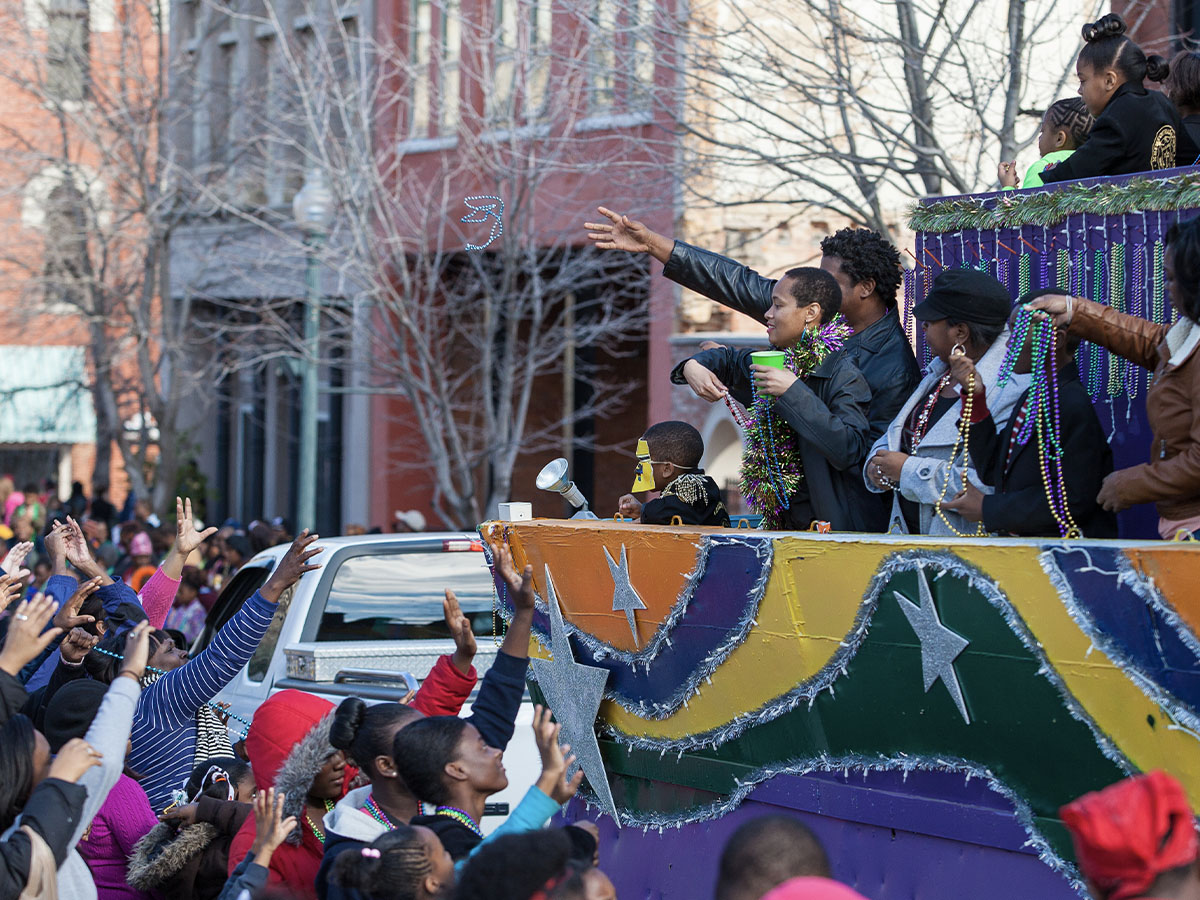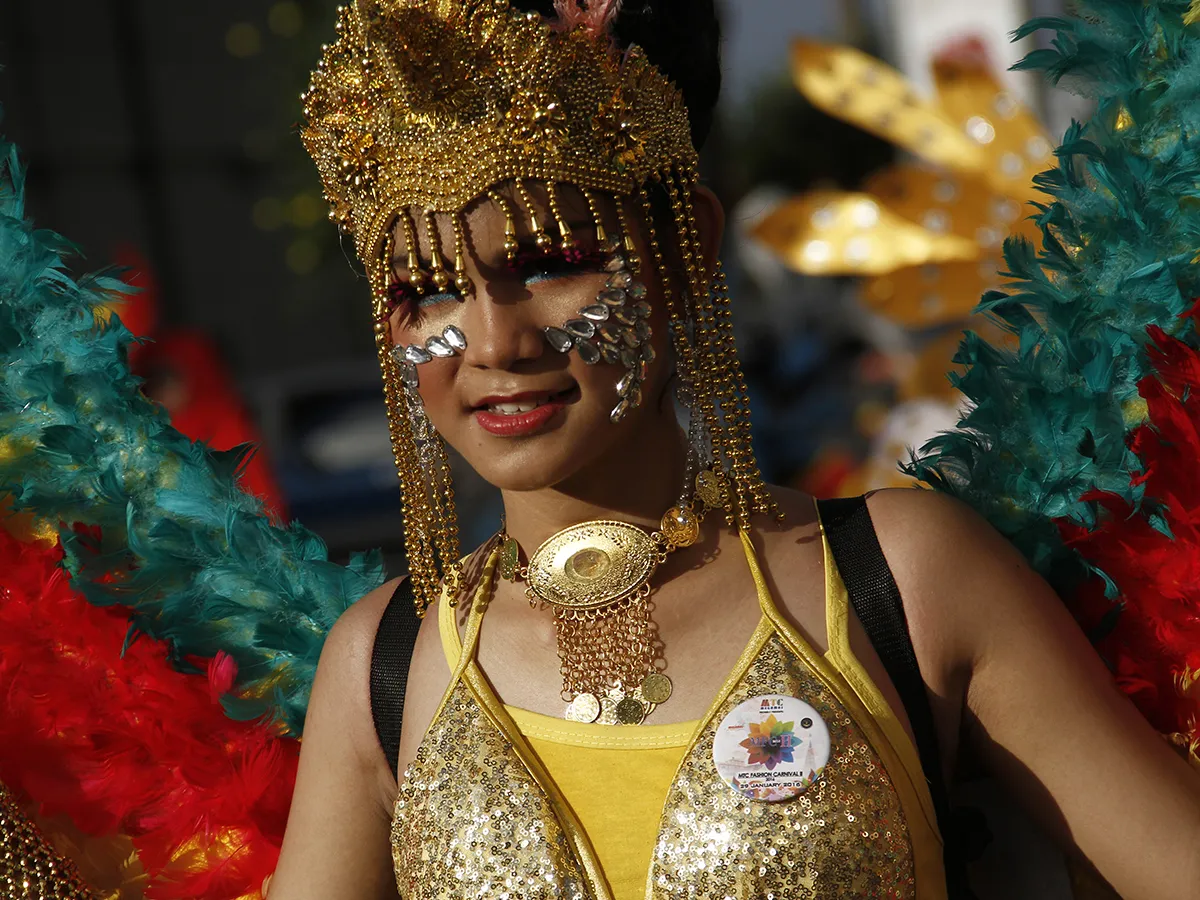In the city of New Orleans, Mardi Gras is a holiday of parades, drinking, and yes, the notorious “bead toss,” where women are encouraged to “show it all” — taking off their tops in exchange for free bead necklaces and other memorial trinkets. What are these necklaces, and how does the traditional cry of “Throw me something mister,” turn into “Show me something first”?
The Carnival is a celebration observed worldwide to mark the week between Three Kings’ Day and Ash Wednesday. Ash Wednesday is a Christian holiday marking a period of introspection and repentance, and so the day before, known in the U.S. as “Fat Tuesday,” is historically a day for letting loose all inhibitions.
The parades are organized by “krewes,” which are historic New Orleans-based groups who also create and ride in floats and put together Mardi Gras balls. These balls are often considered a highlight of the year for those lucky enough to be invited, and attendees are expected to come dressed in elaborate and extravagant Mardi Gras costumes.
Each krewe is expected to put together their own traditional souvenirs, often necklaces made of plastic beads, to be thrown from their floats into the crowds of bystanders on the sidewalks surrounding the parades, as well as those watching from balconies and rooftops of buildings lining the route the parade takes. Often, these gifts may also take the form of cups or other souvenirs. The Krewe of Zulu, an organization founded by laborers in 1906, is known for throwing rare and highly-coveted coconuts to select onlookers. All of these trinkets are stamped with the year of the parade and usually come in the traditional Mardi Gras colors of purple, green, and gold.

Parade bystanders, however, don’t just stand by or passively wait for the krewes to toss beads at them — they scream and dance, literally demanding to receive a coveted trinket. Thus, the phrase “Throw me something, mister!” is a traditional and respected part of the New Orleans argot. The tradition of bead throwing began far back, before the discovery of America or the founding of Louisiana in the 1760s by the French.
The holiday began as a pagan celebration of spring and fertility that preceded the Roman festivals of Saturnalia and Lupercalia. When the area converted to Catholic Christianity, nobody wanted to cancel the annual party, so it was converted to a feast observing the upcoming period of Lent, a time of sacrifice and introspection.
The first Mardi Gras was held by French settlers on March 3, 1699, in Mobile, Alabama, once the capital of the Louisiana territory. In the late 1820s, the custom of dressing in colorful costumes and dancing in the streets had been established, and by the late 19th Century, krewes had officially been formed to handle the formal aspects of running the festival. In 1875, Louisiana Governor Henry Warmoth signed the Mardi Gras Act making it a state-recognized holiday.
The tradition of throwing glass beads to onlookers began in the 1880s, with krewes on their floats wishing to favor celebrants with unique party favors. In fact, Mardi Gras favors are exempt from liability laws. In the 1980s, the Krewe of Zulu had to quit handing out coconuts for a few years, as no insurance company would cover them for fear they would get sued if someone were hurt in a coconut toss. In 1987, Governor Edwin Edwards signed “the Coconut Bill,” adding Zulu Mardi Gras coconuts to the exemption list.
But the practice of encouraging drunk women to bare their breasts in exchange for glass beads is a controversial one, and isn’t considered an official part of the Mardi Gras festivities. The “boob throw” is generally confined to the Bourbon Street parades of the French Quarter, and while some would like to label it an “ancient tradition,” academic researchers can only date the practice back to the 1970s.











Published: Mar 2, 2022 04:41 am